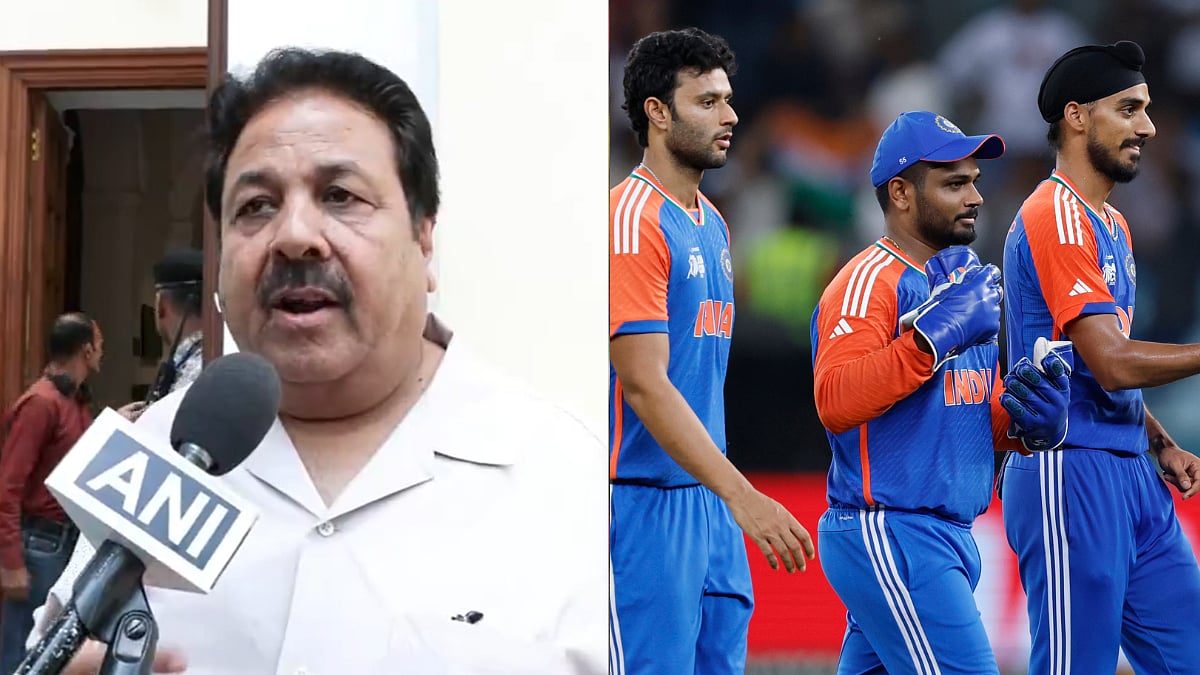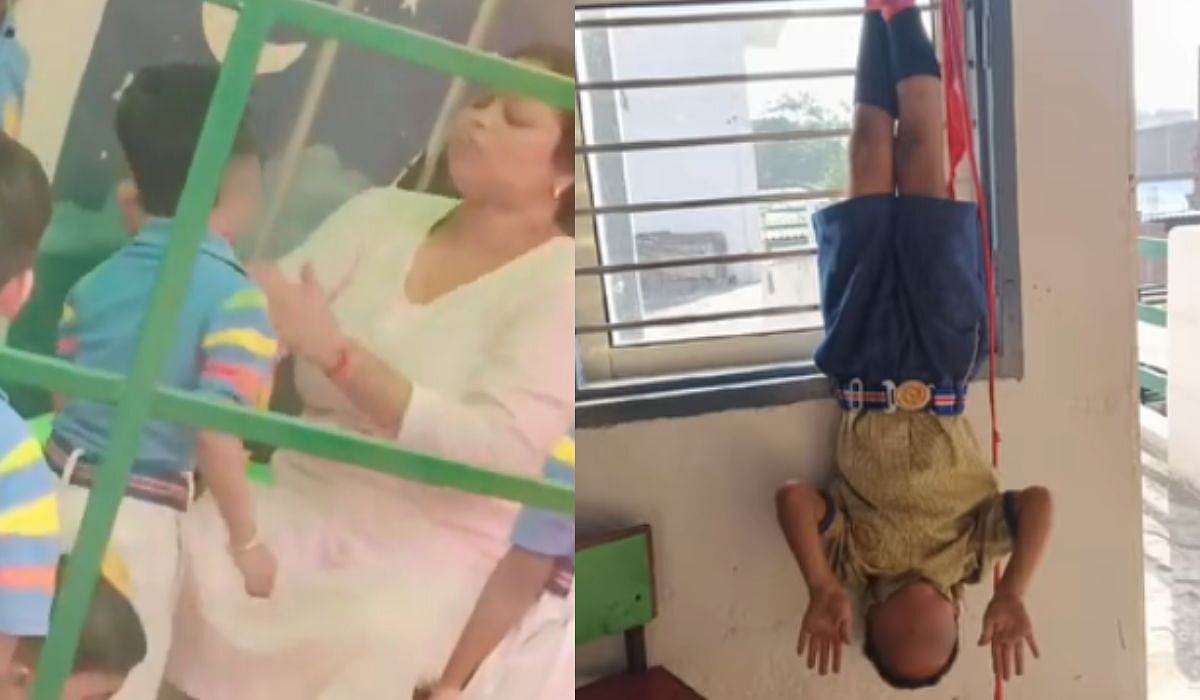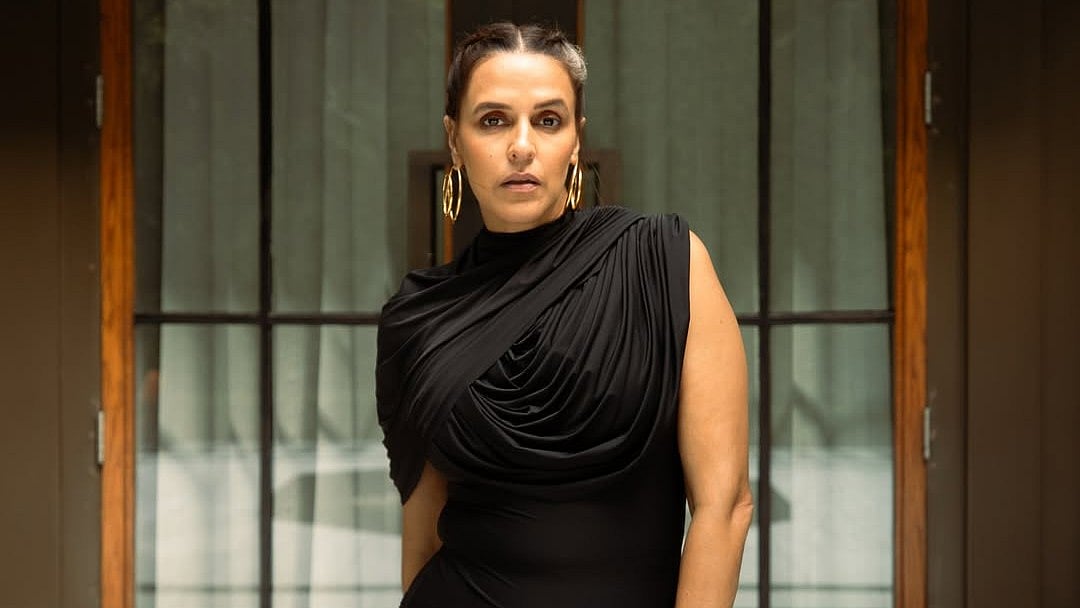In today’s age, our life is getting busier day by day. Demands from workplace and growing age makes it difficult for the body to handle the stress. As a result we tend to abuse our body. In addition to bad dietary habits, alcohol, sleep deprivation, lack of exercise, contribute to reduced muscle function and weakness. This often leads to increased demand on our joints, especially the knee joint leading to chronic pain and early wear and tear of the internal structures. We must realise that we have to walk and run on our knees for an entire lifetime, and hence we have to understand a few basic ways to maintain our knees, so that we don’t land up in chronic knee pain.
Knee ageing is a slow process and it goes on for years. All throughout our life there is micro trauma that keeps happening to our knees due to various activity and stress that it has to undergo. The most important structures that maintain the knee are our muscle forces. There are mainly two large group of muscles that work in tandem with each other and provide dynamic support to the knee. When our activity levels go down, the tone of the muscles reduces over a period of time, and thus the forces on joints increases and causes wear and tear. Hence, maintaining regular exercise schedule within limits is essential in people with normal knees.
It has been observed that Indians have more incidence of knee degeneration at early age as compared to the western population. This can be attributed partially to genetics of our population and partially to lifestyle. Our population have combination of comparatively short stature and smaller size of the bones leading to less stress distribution at the knee. Also activities like squatting and cross legged sitting exert tremendous amount of force on our knee joints in every cycle. Thus lifestyle modification becomes a part of knee preservation, especially once there is an injury, or when the degeneration and the pain is already started in the knee joint. Weight reduction forms a core part of knee preservation strategy.
However, when the knee is injured, the dynamics of knee ageing differ significantly. There are various important structures inside the knee and usually there may be damage of more than one internal structure during injuries. Sporting activities and training over injured knees can be detrimental and may lead to further damage of the knee joint. All the injuries in which the problems persist, should not be ignored. It is possible that the knee injuries may not be painful and thus patients may not feel the need to consult their doctors unless the damage progresses. Knee injuries may often present with problems like instability (feeling of give away or buckling), crepitus or grinding noise from the joint, difficulty in ascending and descending down the staircase, popping or locking of the knee, etc. Careful evaluation of the knee is mandatory to treat the injuries at appropriate time before they start causing damage to the existing normal structures.
Prevention of injuries is of utmost importance to maintain the knee. This is achieved by regular exercise and building up the muscle tone, prevention of over exertion by understanding the limits that our body can tolerate, going through a proper warm up schedule before gymming or playing sports. There are multiple medicines available claiming to maintain the integrity of the knee, but the outcomes of these medicines are non conclusive. Whenever there is knee pain/ instability/ crepitus, it is essential to visit your orthopaedic surgeon to diagnose the cause of knee pain. The correct diagnosis is necessary to understand the prognosis of the condition. The plan of management can be discussed and the decision regarding the further course can be taken. The treatment may be comprised of medications and rehabilitation to surgical interventions depending of the age of individual, nature of injury and the lifestyle requirement. The surgical management has improved in leaps and bounds in the last couple of decades and most of the procedures are carried out with minimally invasive techniques and arthroscopy. The results are also more predictable and patients get back to normal activities much earlier than the conventional surgeries. With proper rehabilitation, you can also get back to the competitive sports after surgeries.
In conclusion, if you take care of your body, your body will take care of you! After injuries, avoid assuming what’s wrong with you or self medicating, and consult a trained doctor to give you assessment of injuries and make a plan for management and rehabilitation. Make sure you follow the simple basics and keep the knees running!










